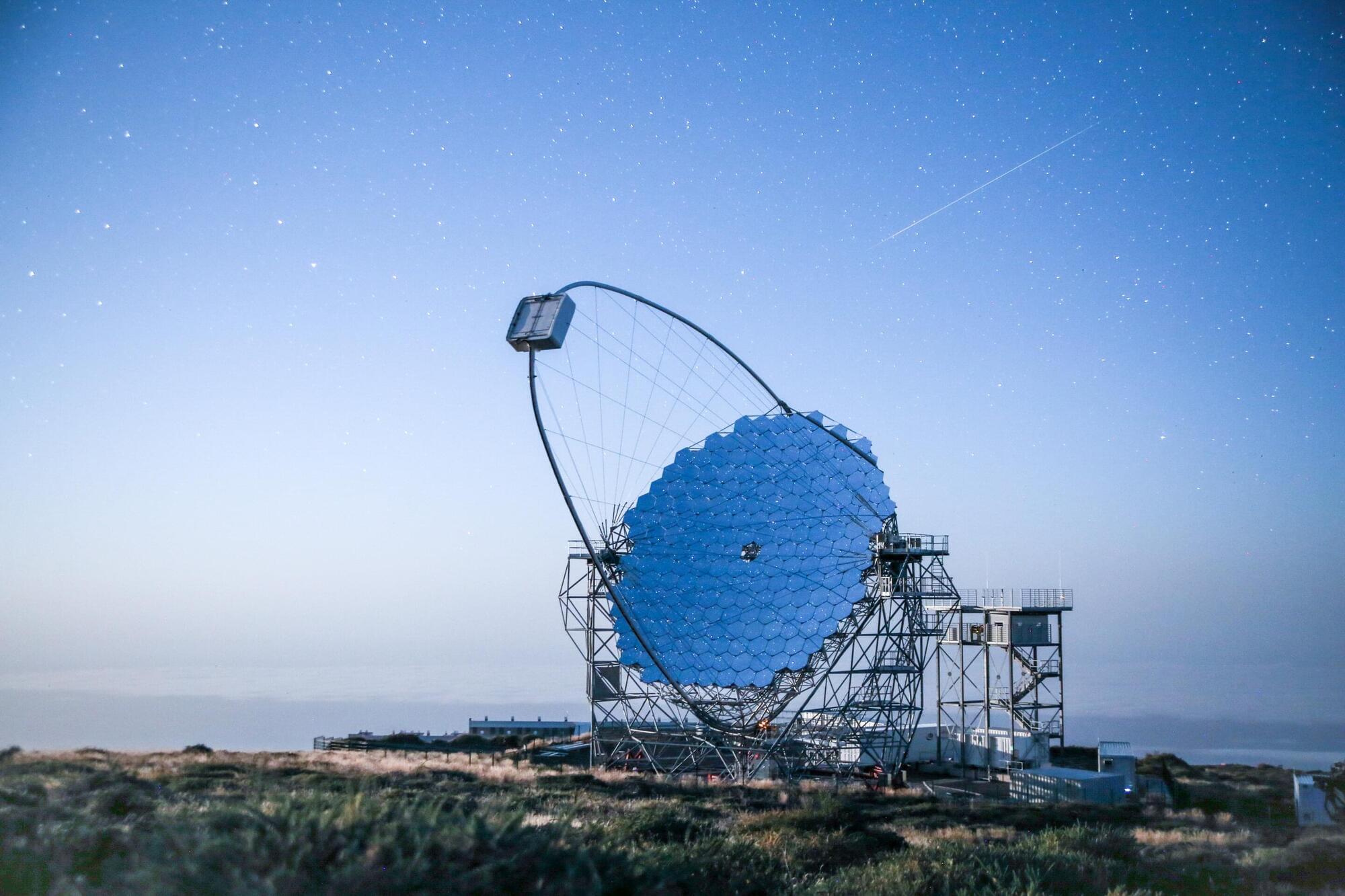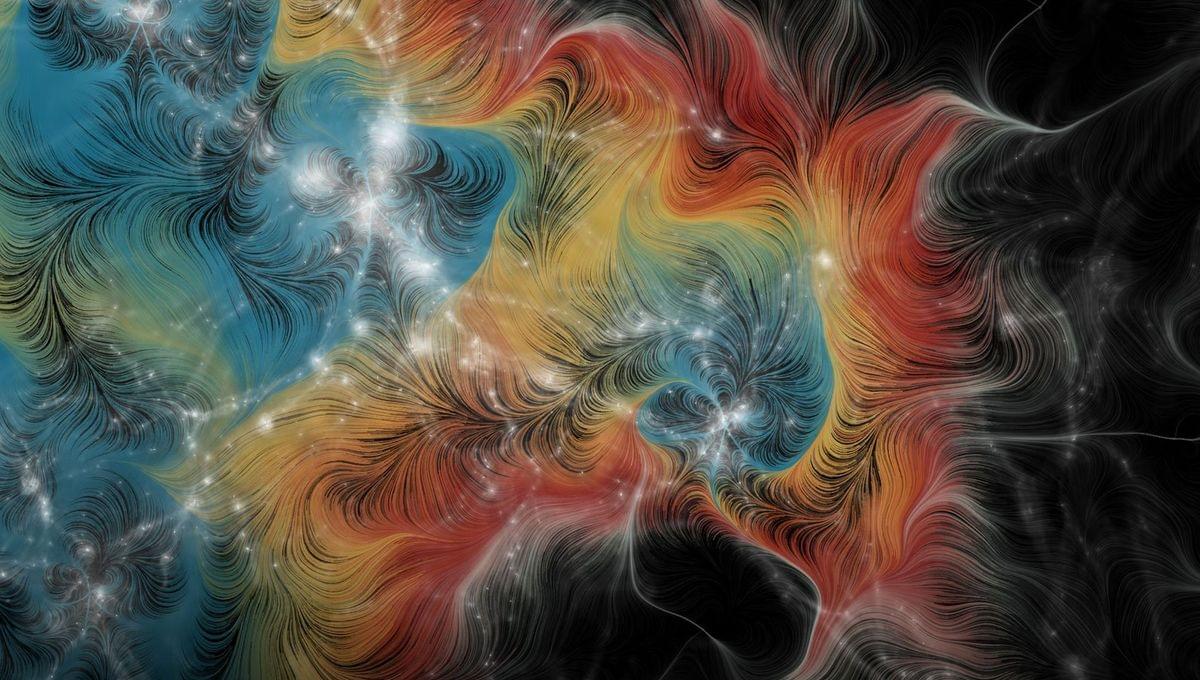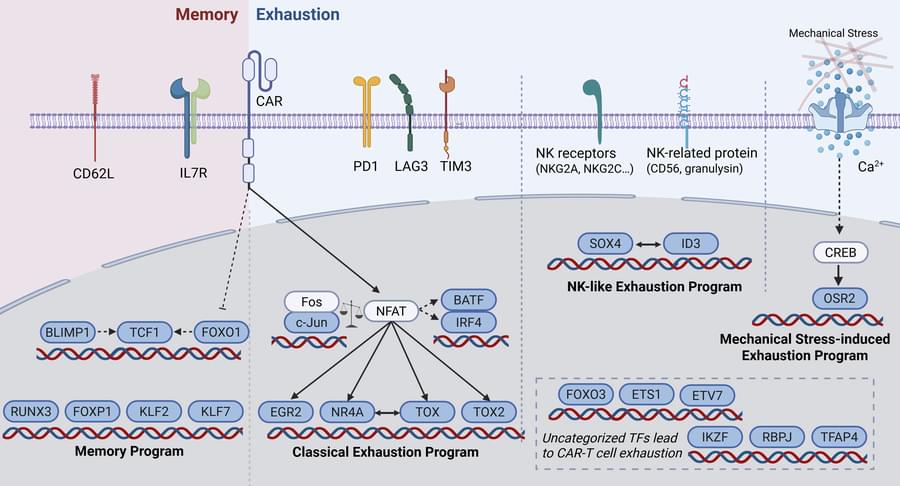In experimental surgery on pig organs, the robot performed well.



To confront this growing labor crisis, Boris Sofman—a Carnegie Mellon robotics Ph.D. and early Waymo executive—cofounded Bedrock Robotics in 2024. Instead of building autonomous machines from scratch, Bedrock retrofits existing construction equipment like excavators, bulldozers, and loaders with AI-powered operating systems, sensors, and lidar to make them fully autonomous.
Sofman has brought together fellow engineers from Waymo, Google, and Caterpillar (CAT), many of whom were instrumental in scaling autonomous technologies in some of the world’s most complex machines. The team shares a fundamental belief: the future of construction lies in autonomy, not more manpower.
“I saw the powerful potential of applying modern ML approaches we developed at Waymo to construction. This is a problem you could not solve without the modern approaches we saw to be so effective, and helped deploy, in transportation, so it felt like a huge opportunity to address this critical need,” Sofman tells Fast Company. “We can get to a deployed product for a fraction of the cost it took Waymo, and continue to build toward the full potential while growing revenues and serving real customers.”

BELLEVUE, Wash. — Quantum physics and outer space may seem as different as two tech frontiers can be, but the challenges facing Pacific Northwest ventures that are aiming to make their fortune on those frontiers are surprisingly similar.
Amid the current turbulence on the national political scene, it’s getting harder to capture the attention — and gain the support — of the federal government, which has historically been the leading funder of research and development. And that means it’s more important than ever for researchers, industry leaders and local officials to join forces.
“Think of it as a triad,” said Jason Yager, executive director of the Montana Photonics and Quantum Alliance, which is one of the beneficiaries of a $41 million Tech Hub grant awarded by the federal government a year ago. “If all of these pieces are working together, then where they meet is socio-economic growth, and then you’re ready to bring in the additional funding to launch that.”

The international CTAO LST Collaboration has released remarkable findings from observations of GRB 221009A—the brightest gamma-ray burst (GRB) ever recorded.
The results were published in The Astrophysical Journal Letters.
The publication presents in-depth observations conducted in 2022 with the Large-Sized Telescope (LST) prototype, the LST-1, during its commissioning phase at the Roque de los Muchachos Observatory on the CTAO-North site in La Palma, Spain. The observations revealed a hint of an excess in the gamma-ray flux, which helps provide new insights into the enigmatic and complex nature of GRBs at very high energies.

IN A NUTSHELL 🚀 The new copper-based alloy developed in Japan maintains its properties in extreme cold, offering breakthroughs in space exploration and hydrogen technology. 🔧 This alloy showcases a unique shape memory effect at temperatures as low as −328 °F, surpassing traditional materials like nickel-titanium. 🌌 Applications include high-performance actuators for space telescopes and.

IN A NUTSHELL 🌞 Cambridge researchers have developed a solar-powered device that converts atmospheric CO2 into valuable fuel. 🌿 This invention mimics photosynthesis, operating without an external power source, ideal for remote areas. 💡 The technology offers a sustainable alternative to fossil fuels, reducing reliance on non-renewable energy sources. 🔄 By addressing both energy production


Sahai has found a way to create extreme electromagnetic fields never before possible in a laboratory. These electromagnetic fields—created when electrons in materials vibrate and bounce at incredibly high speeds—power everything from computer chips to super particle colliders that search for evidence of dark matter. Until now, creating fields strong enough for advanced experiments has required huge, expensive facilities.
For example, scientists chasing evidence of dark matter use machines like the Large Hadron Collider at CERN, the European Organization for Nuclear Research, in Switzerland. To accommodate the radiofrequency cavities and superconducting magnets needed for accelerating high energy beams, the collider is 16.7 miles long. Running experiments at that scale demands huge resources, is incredibly expensive, and can be highly volatile.
Sahai developed a silicon-based, chip-like material that can withstand high-energy particle beams, manage the energy flow, and allow scientists to access electromagnetic fields created by the oscillations, or vibrations, of the quantum electron gas—all in a space about the size of your thumb.
The rapid movement creates the electromagnetic fields. With Sahai’s technique, the material manages the heat flow generated by the oscillation and keeps the sample intact and stable. This gives scientists a way to see activity like never before and opens the possibility of shrinking miles-long colliders into a chip.
A University of Colorado Denver engineer is on the cusp of giving scientists a new tool that can help them turn sci-fi into reality.
Imagine a safe gamma ray laser that could eradicate cancer cells without damaging healthy tissue. Or a tool that could help determine if Stephen Hawking’s multiverse theory is real by revealing the fabric underlying the universe.

In this Review, Ruoqi Chen et al. discuss the latest advances in transcriptional factor engineering for empowering CAR-T cells with superior antitumor efficacy.
1Eye Center of Second Affiliated Hospital, School of Medicine, Zhejiang University, Zhejiang Provincial Key Laboratory of Ophthalmology, Zhejiang Provincial Clinical Research Center for Eye Diseases. Zhejiang Provincial Engineering Institute on Eye Diseases, Hangzhou, China.
2Liangzhu Laboratory, Zhejiang University, Hangzhou, China.
3Bone Marrow Transplantation Center of the First Affiliated Hospital and Department of Cell Biology, Zhejiang University School of Medicine, Hangzhou, China.